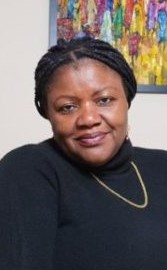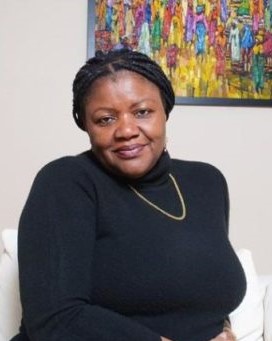
Dakar Senegal Travelogue
by Ifeoma Chinwuba
Saturday 5 October 2024
Dakar, Senegal
Dakar is the capital of Senegal, on the west coast of Africa, washed perennially by the waters of the Atlantic Ocean. It boasts of so many beaches where crowds gather to cool off from the heat of the sun. So you have already sand and sun. I spent four eventful days there in July -not enough, but we were on a budget, my sister and I.
From the Blaise Diagne International Airport, located in a desert part of the country, I would say, take a taxi or Uber or Jango to town, forty minutes away if there is no traffic incident. You get a feel of the country, the dry, hot weather, the haphazard way the resi- dential houses are constructed and the need to share the road with vehicles, vans,
mini-buses, pedestrians and phaetons. Yes, they are ubiquitous, horse-drawn carriages. Road signs feature them. You also get to see the Abdoulaye Wade Stadium and the International Conference Centre on the way to town.
Places to see/visit:
The Bandia Reserve is for safari. It is located about one hour out of Dakar, after the airport. If you arrive in a four-wheel ride, you only have to pay a gate fee and for guide services. If not, you have the option to rent the park’s SUV. Buffaloes, giraffes, zebras, ostriches, monkeys, and a myriad other fauna can be seen in their natural habitat inter- spersed by trees, dominant of which is the baobab. The reserve has a gift shop and a restaurant sus- pended above a lake inhabited by crocodiles and surrounded by nest-building birds trilling the air.

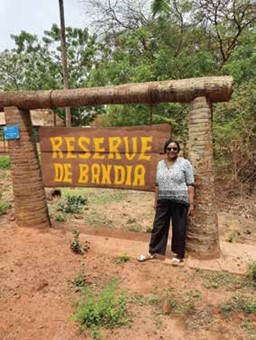
Lac Rose: From the Bandia Reserve we drove to the Lac Rose (or The Pink Lake). It is a hyped up tourist attraction. We did not see any pink lake. The locals demand that you rent a 4X4 or a power bike to careen along the sands of the beach up to -you guessed it- the emerald waters of The Atlantic.
Legend has it that salt is mined here. We did not get to see it but enjoyed a drink in the beach ambience and bought some locally-made crafts.
Ile Gorée: Every tourist is encouraged to visit the Island of Gorée, accessible by a boat ride of twenty minutes from the Dakar Port. This island, like its counterpart in Elmina, Ghana, was a slave post during the Transatlantic Slave Trade. The facilities are well maintained. A sparsely equipped museum memorialises the island’s history. Presidents Man- dela and Obama have visited. The first mayor of Dakar, Blaise Diagne after whom the Dakar Airport is named, was born here. His house still stands.
Expectedly, there is a scattered craft market and eateries on the island, and one can swim as well.
Village des Tortues: Turtle Village: Or Keur Mbona in wolof. Here you walk through a colony of tur- tles/tortoises in their natural habitat. The animals are of all ages, including newborns. There is a museum detailing their habits, taxonomy and life cycles.

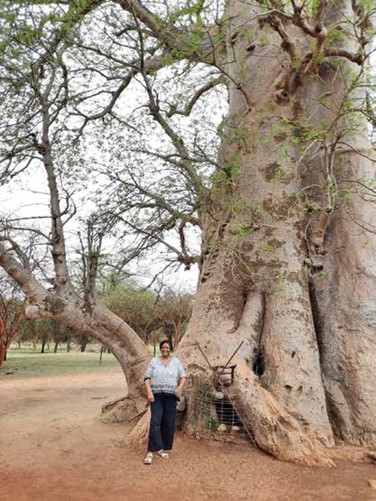
Museum of Black Civilisations: Downtown, behind the Dakar Train Station, I stumbled on an exhibition by Kehinde Wiley. It is a show of several African Heads of State, including the immediate past president of Senegal, Mon- sieur Macky Sall, Côte d’Ivoire’s current head, Monsieur Alassane Ouattara, and ex-President Oluse- gun Obasanjo, inter alia.
Fish Market: I visited this seafood market at Soumbédioum, on the banks of the Atlantic. It is pictur- esque, when the fishermen return with their catch and park their colourful canoes on the beach, and women exhibit assorted seafood to buyers.
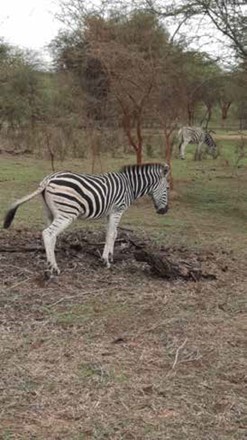

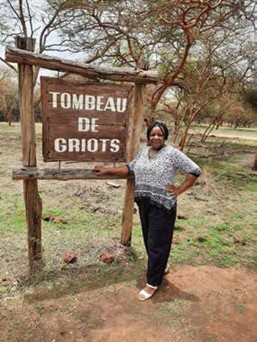
Beach Cafés/ Bistros
There are many beach lounges and bars by the Atlantic. We visited Chez Fatou in Almadiès for brunch and cocktails. We enjoyed the cool breeze and were serenaded by a local ragtag band while watching surfers and swimmers below eye-level.
Food: Be sure to taste the famous Senegalese Tchep- akin to Nigerian and Ghanaian jollof rice, served in wide-rimmed trays and dishes with vegetables and fish or chicken. Photo. Restaurants of other African coun- tries exist. We could not resist a plate of Ivorian attiéké (pronounced acheke), and alloco (fried plantain).
Juicy tropical fruits abound for purchase from super- markets and roadside kiosks – mangoes, oranges, papaya, pineapples, bananas, tangerines, avocado, etc.
Craft Shop: Beside the Fish Market is a craft shop, one of many in Dakar. The HLM Market is another popular and populous commercial centre for household goods, cloths wrappers, (lace, brocade, Dutch Wax, etc.). Dakar tailors are renowned for their artistry. Be sure to buy yourself a grand bubu.


Beware: Many streets have not been named in Dakar’s residential areas (Sacré-Coeur, Mermoz, Corniche, Plateau, Almadiès, etc), though the houses have numbers. You have to use landmarks to get to your destination, otherwise, you could spend hours going round in circles.
There are Uber and Jango and taxis and horses! And many starred hotels as well as Airbnb which are accessible online.
Dakar is French-speaking, and uses the CFA currency. Bon voyage!
Ms. Ifeoma Chinwuba was the 2021-2022 Writer-in-Residence of the Department of English and Film Studies, University of Alberta, Edmonton. A retired diplomat, she is the author of five books, made up of novels, poetry in dialogue, and a juvenile novella. Her “Merchants of Flesh” and “Waiting for Maria” have, at different times, won the Prose Prizes of the Association of Nigerian Authors (ANA), while “Waiting for Maria” was on the Long-list of The Commonwealth Writers Prize, 2008. Ms. Chinwuba’s latest novel, Sons of the East, was released in November, 2023, by Griots Lounge Publishers and is on the shortlist of: The Fred Kerner Prize 2024; Association of Nigerian Authors (ANA) Prose Prize 2024.
Email: ifeomachinwuba.com Web: Ifeomachinwuba.com Website: Ifeomachinwuba.com

